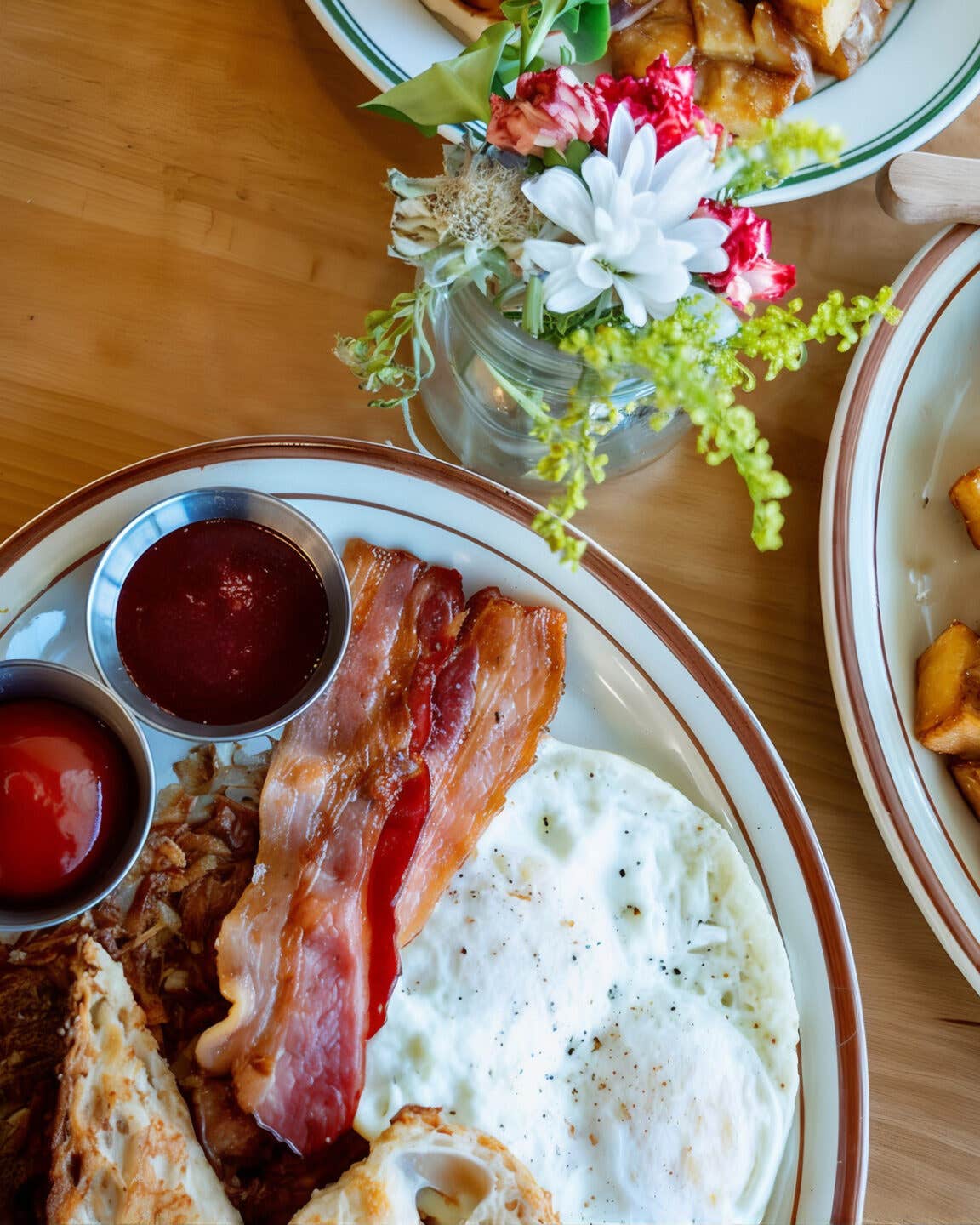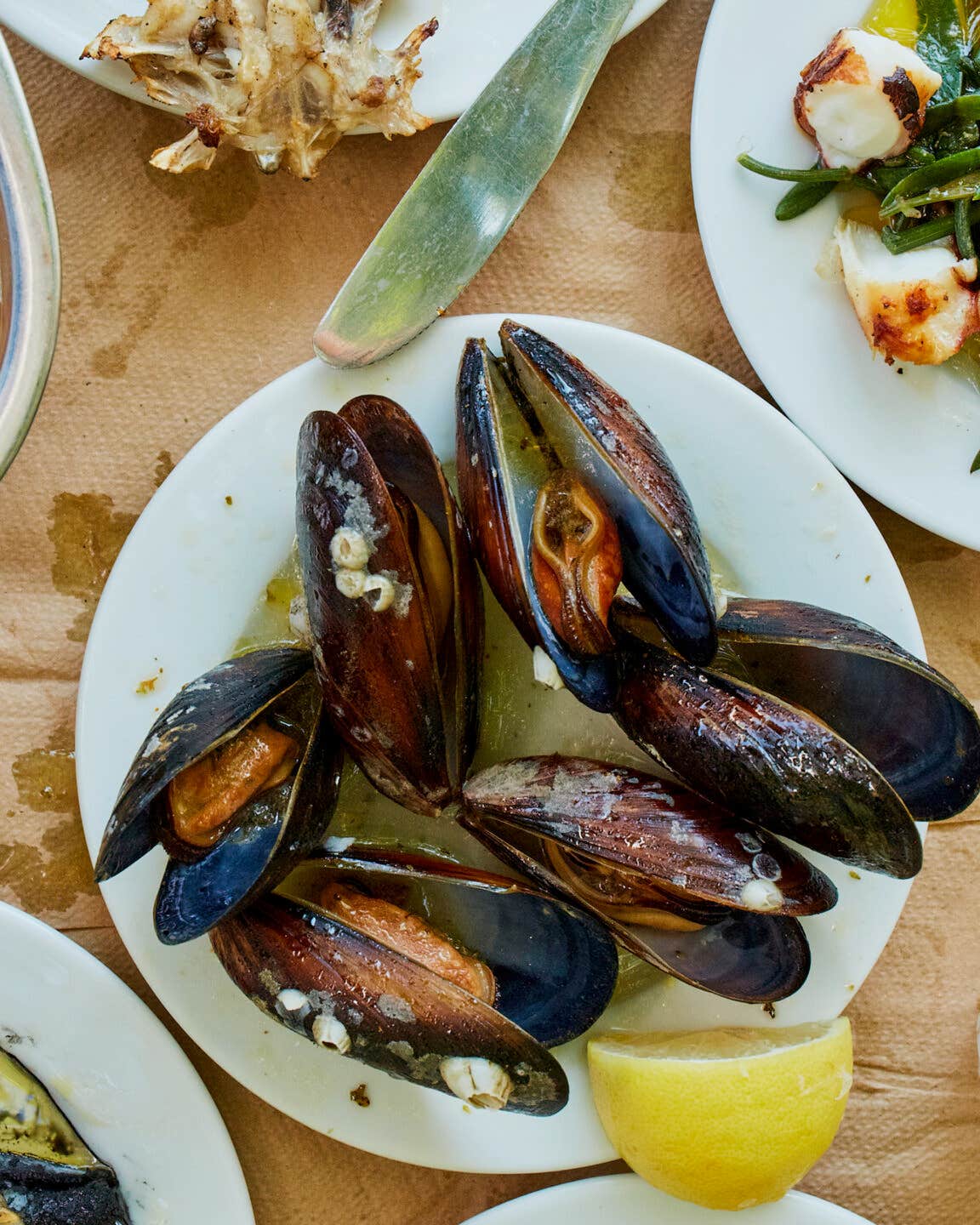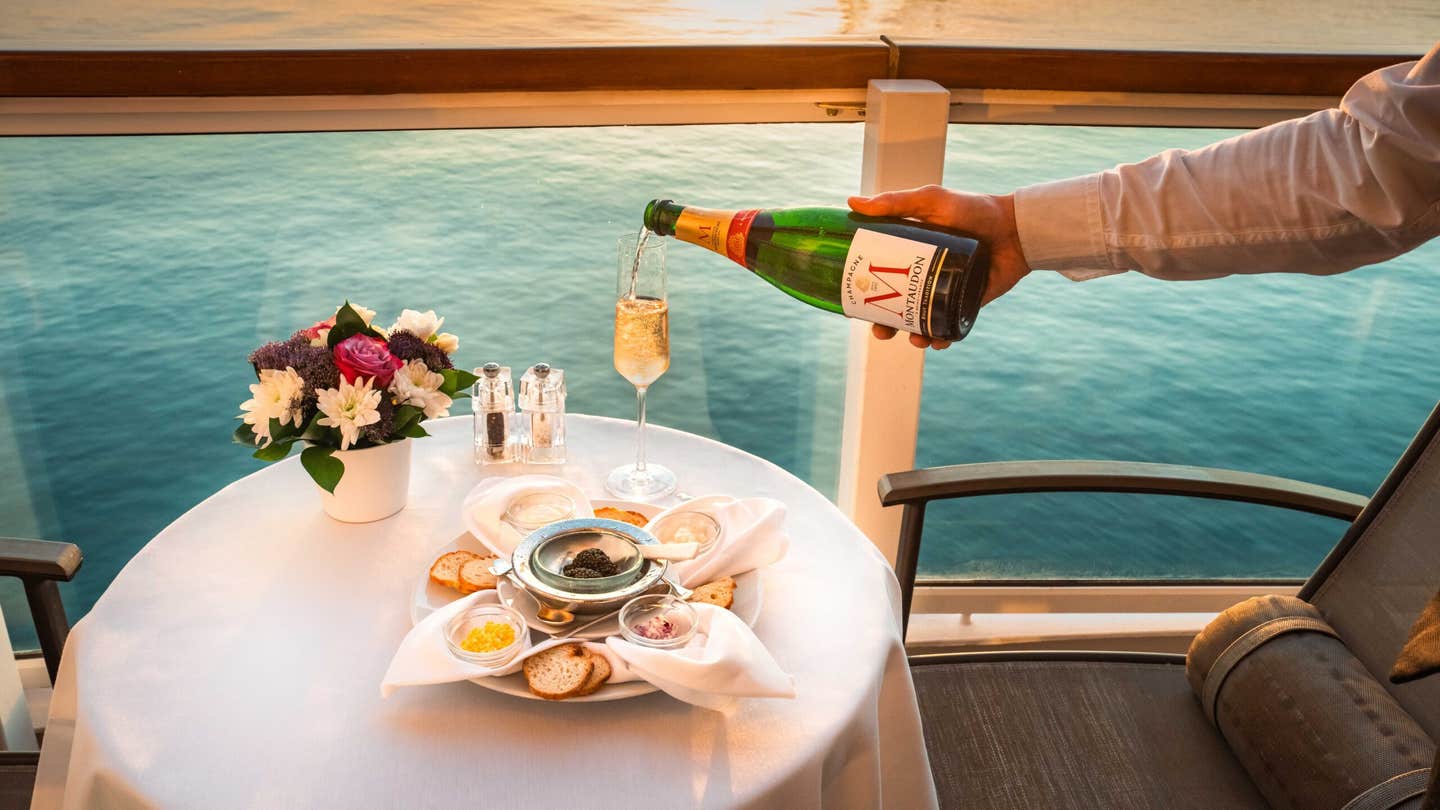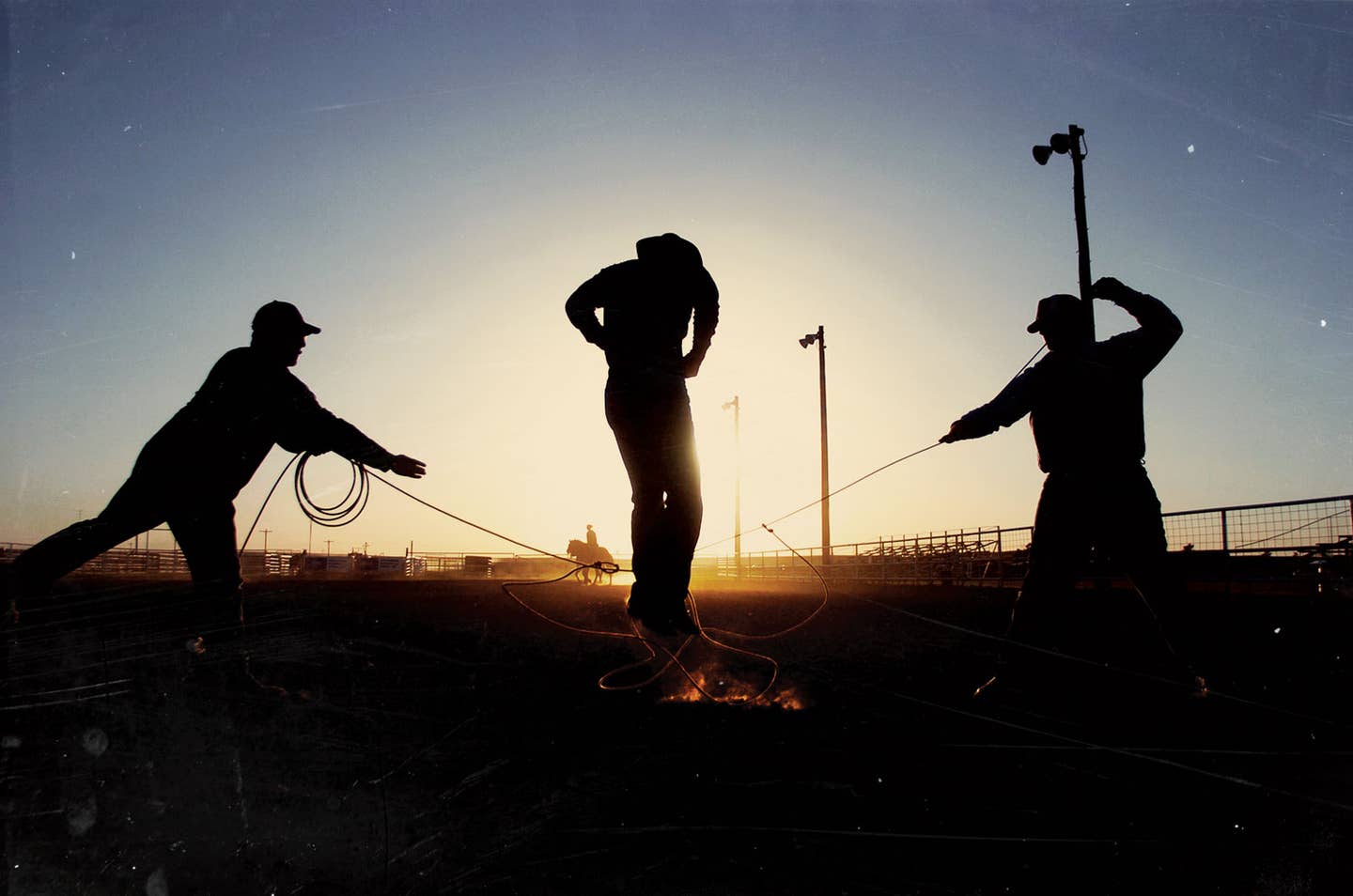
Special Issue: America’s Heartland
The vast expanse in the middle of America is called the heartland for a reason. Here, on the prairie, in the cities, and on swaths of rich farmland, edible treasures abound.
Wheat and corn and incomparable beef, wild berries baked into the most luscious desserts, crisp summer salads, and the best fried chicken and chili imaginable—the southern Great Plains is a fantastic place to eat. Here, on flatlands teeming with life, farmers and ranchers, foragers and chefs pass down cherished recipes and share new additions to the region's rich culinary heritage. Join us as we visit Kansas, Oklahoma, and Nebraska, three states at the center of America's delicious heartland.
When I first arrived in Kansas, stepped off the plane, and saw the big blue sky open up over the prairie, I knew I was home. This is a place that can free you in unexpected ways, a place where the Beat writer William Burroughs was as much a part of the local fabric as our church ladies with their chili suppers and homemade cinnamon rolls; where 60 different immigrant groups settled after the Civil War, each one seasoning the melting pot. Today you can taste their influence throughout the state: Mennonite beef and cabbage pies called bierocks, Volga German green bean dumpling soup, plenty of bison burgers, smoky chili, heirloom tomatoes, and iced sugar cookies. In a place where the weather is a cocktail of thunder, snow, blizzards, droughts, ice storms, and 100 degree days, it's no wonder we veer toward comfort when we eat. If we could click our ruby slippers three times, we'd be at the farm, where fried chicken comes to the table golden and crispy, the side dishes are all homemade, and a hefty slice of cake means that all is well. —Judith Fertig, author of Heartland: The Cookbook (Andrews McMeel, 2011)
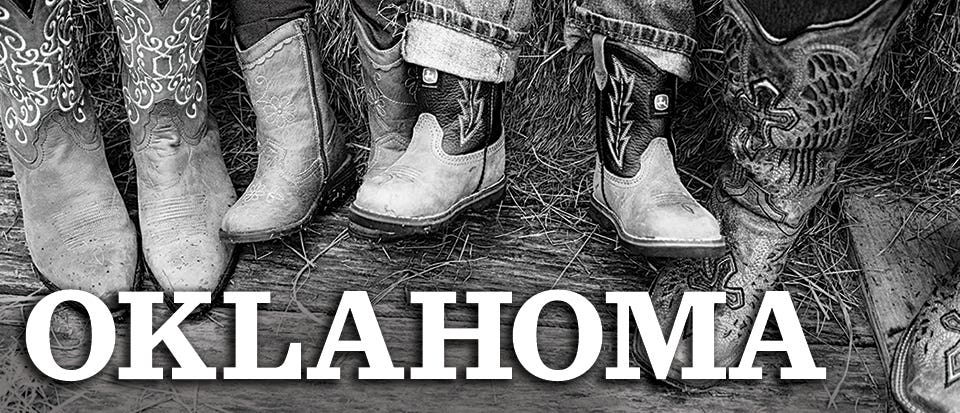
We Oklahomans are not minimalists. Our battle cry could be "Shoot when you see the whites of their plates." I grew up here, on huge pots of pinto beans, mounds of sweet squash and crispy okra, hunks of watermelon, and platters of cornmeal-fried catfish. The land is swept by tornadoes and steeped in borrowed traditions. We are a crazy quilt of people—we take food from elsewhere and make it our own. Settlers of all stripes sprinted across the state border in land runs to build homes out of prairie sod. Coal lured miners from Italy to the hills in the southeast; their old mining towns still serve fried chicken with a side of spaghetti, while in the west, Germans sowed hard wheat and endured drought. Cowboys drove cattle from Texas to Kansas through Oklahoma, and the Trail of Tears brought all the tribes of the Southeast to Oklahoma, along with their farming and foraging. In the century since statehood, the cow towns of Tulsa and Oklahoma City have struck oil and sprouted skyscrapers and fancy restaurants. But underneath it all, Oklahoma is still an agricultural center, staggering in its diversity and plenty. —Mark Brown, author of My Mother is a Chicken (This Land Press, 2012)
We don't have cuisine in Nebraska, we have food. When you take on the meat loaf special at the tavern in my central Nebraska town, Dannebrog, you're served not a slice but a whole loaf, as if they're provisioning you for a trek on the Oregon Trail, along which wagon trains once traversed the Cornhusker State. It's not just that we love to eat plenty of our Nebraska beef, it's also because of our farmstead legacy. The days of threshing crews may be over, but small town meals are still put together like we're girding for the harvest. What's on the plate here in the Middle of Everywhere reflects our diverse settler history. Danes came to Dannebrog in the 1870s, so you occasionally find ebelskivers, those potbellied pancakes, at local places like Kay's Korner and the rolled beef flank called rullepølse at Kerry's Grocery. The German-run bakery sells pizza like the Italians in Omaha do, only with sauerkraut on it. (It's better than it sounds.) Just west of us in Farwell is a Czech cemetery full of pioneers who brought goulash to Omaha, while the nearest town of any size, Grand Island (population 49,000), was German. Now it's Thai, Honduran, Bosnian, and Somali. Yes, in cattle-heavy Nebraska the main course is still beef, but the rest of it? That depends on what town you're in and what street you're on. —Roger Welsch, author of Cather's Kitchens (Bison Books, 2002)
Keep Reading
Continue to Next Story







